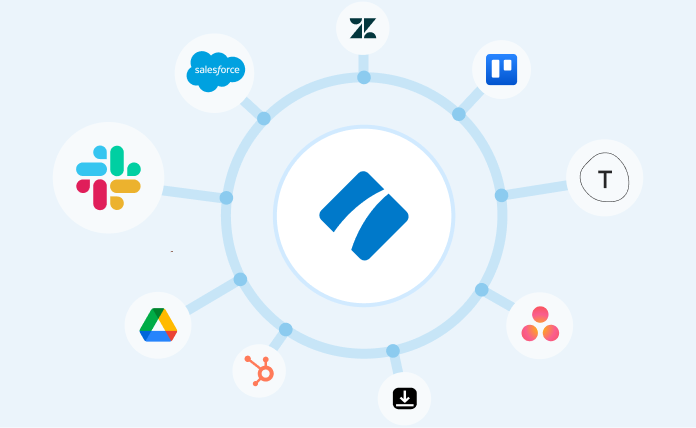
Mike Nemeroff is the co-founder and CEO of RushOrderTees. An entrepreneur from an early age, Mike and his siblings started a small screen printing business in their garage as teens and RushOrderTees was born. Under Mike’s leadership, the business has grown into the $75 million dollar ecommerce company that it is today with more than 225 employees.
Everyone wants to have a successful business, but getting there can be a challenge. Your team can make or break a project. For that reason, you need to surround yourself with individuals who can provide an added boost to your production levels.
Who should you choose for your team?
It takes all personality types to successfully manage a team and pull them towards your objectives. You need to find the right people who can work together and motivate others to meet your business needs.
The best types of team members give your business the right momentum and direction while providing open communication. Running a business can be difficult, but finding the most qualified people to fill those vital roles is even more complicated. You need to choose individuals who are willing to support, guide, and even challenge your ideas.
This Process Street post will walk through the four best personalities that can help run a successful organization:
- Workplace personality #1: The Leader
- Workplace personality #2: The Task Manager
- Workplace personality #3: The Abstract Thinker
- Workplace personality #4: The Champion
Let’s dive in!
Continue Reading







 Workflows
Workflows Forms
Forms Data Sets
Data Sets Pages
Pages Process AI
Process AI Automations
Automations Analytics
Analytics Apps
Apps Integrations
Integrations
 Property management
Property management
 Human resources
Human resources
 Customer management
Customer management
 Information technology
Information technology











